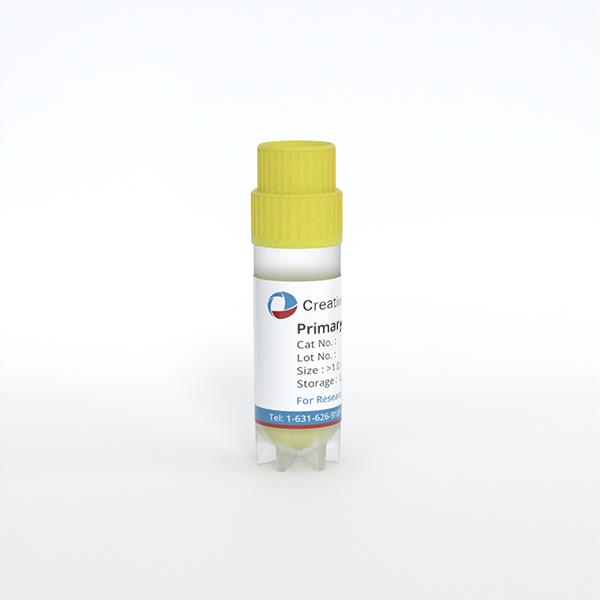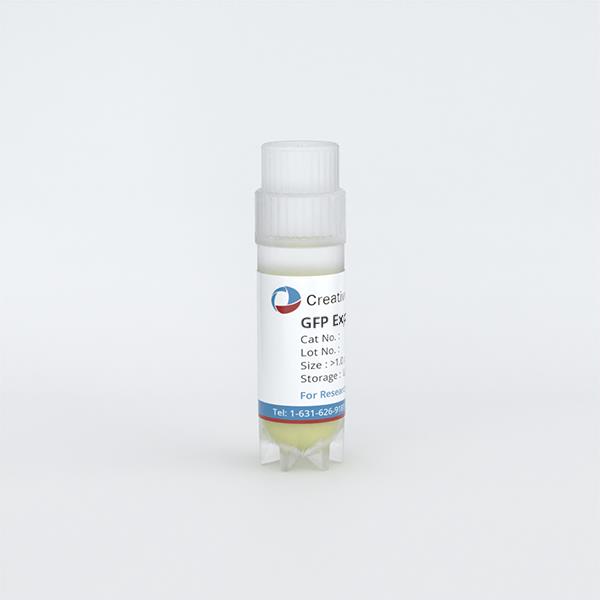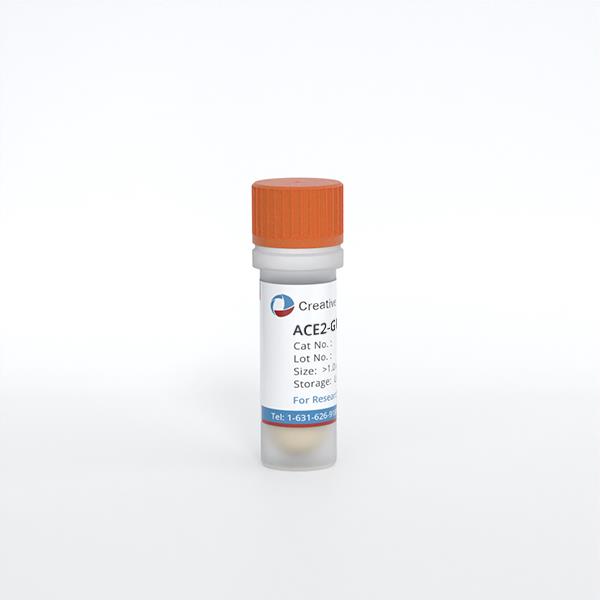
Human Pulmonary Fibroblasts
Cat.No.: CSC-C9363W
Species: Human
Source: Lung
Morphology: Multipolar
Cell Type: Fibroblast
- Specification
- Q & A
- Customer Review
When thawing frozen tubes out of the liquid nitrogen tank, safety must be observed and protective glasses and gloves can be worn to prevent bursting of the tubes. Immediately after removing the tubes, put them into a 37℃ water bath for rapid thawing. Shake the tubes gently so that they melt completely within 1 minute to avoid damage to the cells due to intracellular recrystallization caused by the penetration of water into the cells as a result of slow thawing. Be careful that the water surface does not exceed the edge of the freezing tube lid, otherwise contamination may occur.
Ask a Question
Average Rating: 5.0 | 1 Scientist has reviewed this product
High-qulity products
The high quality of the products with favourable prices has enabled us to establish a long-term relationship.
25 Jan 2022
Ease of use
After sales services
Value for money
Write your own review



